Cubit review – in pictures
How does the digital tape measure measure up?
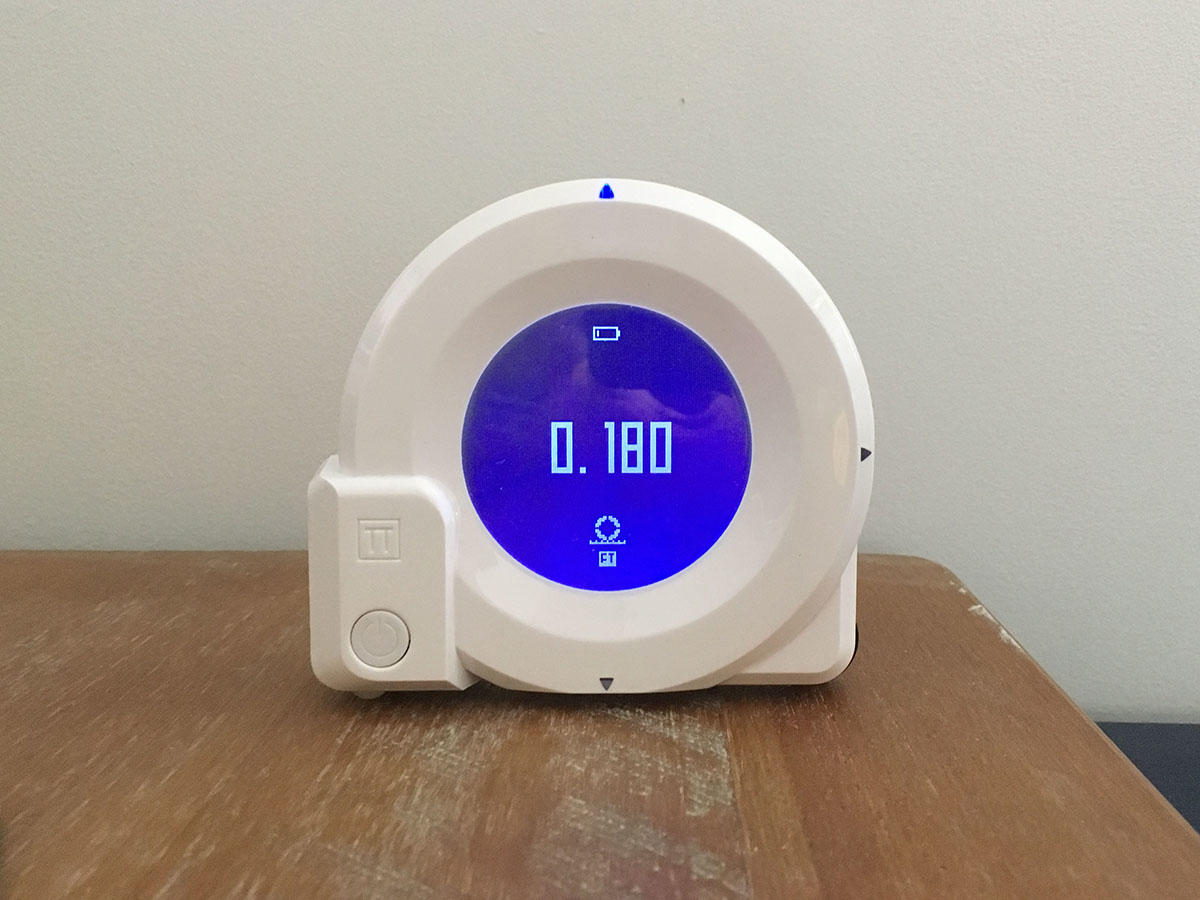
A GPS FOR YOUR CREATIVITY?
Technology has infiltrated every aspect of our lives, and for the most part, it’s improved it. But now it has the humble tape measure in its sights, it poses a question: Is this a solution in search of a problem? I mean, the tape measure is pretty good at its job. It measures stuff, and it’s nigh-on foolproof to use. What can a digital model really add? Plenty, if you believe the makers of Cubit. It’s touted as the “GPS for your creativity” that can help with all manner of DIY tasks, from hanging pictures and shelves to designing floorplans. And all without the need for complicated calculations.
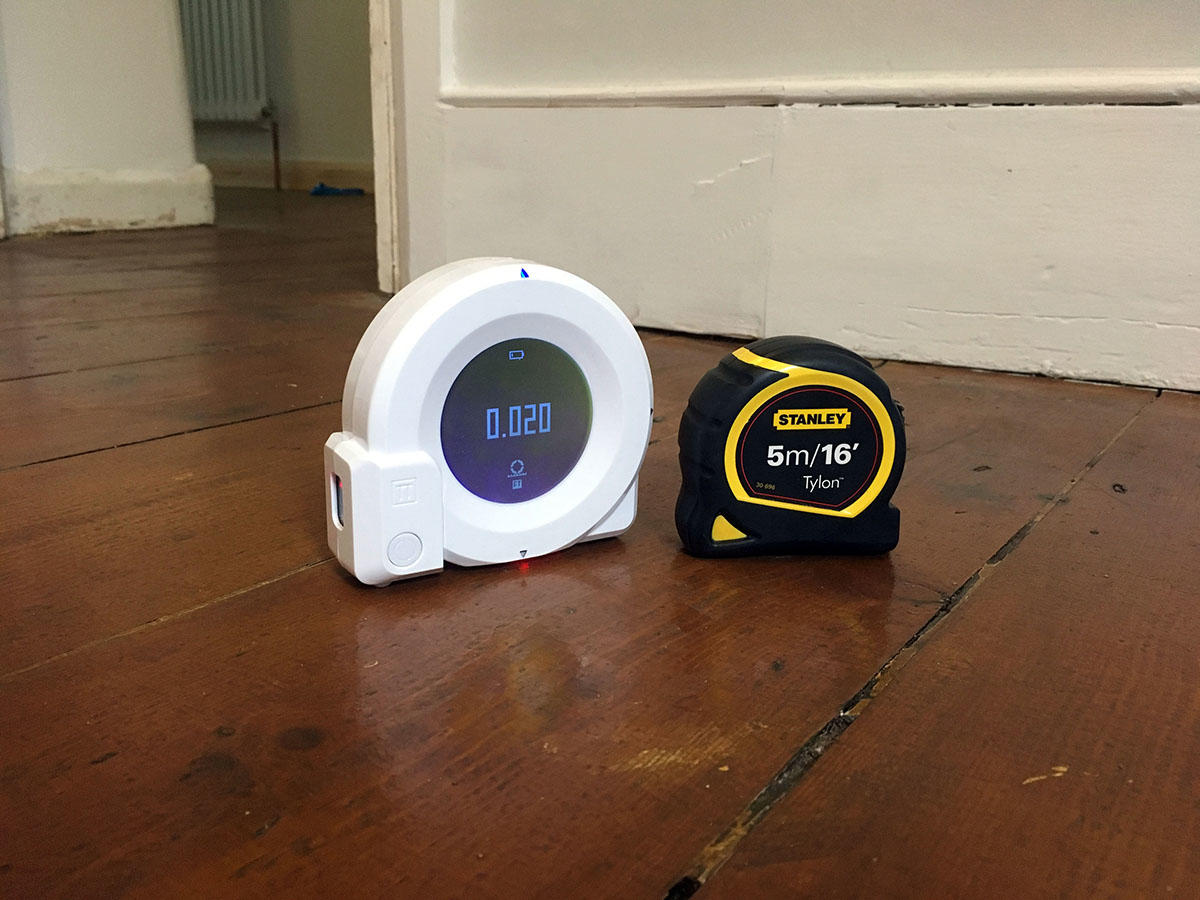
THE INCREDIBLE BULK
Cubit looks just like a standard tape measure, albeit slightly chunkier. The white plastic case isn’t going to win any design awards, but it does the job well enough. File it under functional rather than fantastic. To measure the height and width of a space, a simple button press fires a red laser dot out of the side and bottom of the Cubit. It’s sniper-like in its accuracy, but works best with standard shapes – for more irregular shapes, the dimensioning wheel is at hand, which you can run along the edge of any surface to get its measurements. The circular screen at its centre is where these measurements and calculations will appear. It’s decidedly low-res – you could call it retro or cheap, depending on how charitable you’re feeling – but it’s clear and informative, which is all you really need it to be.
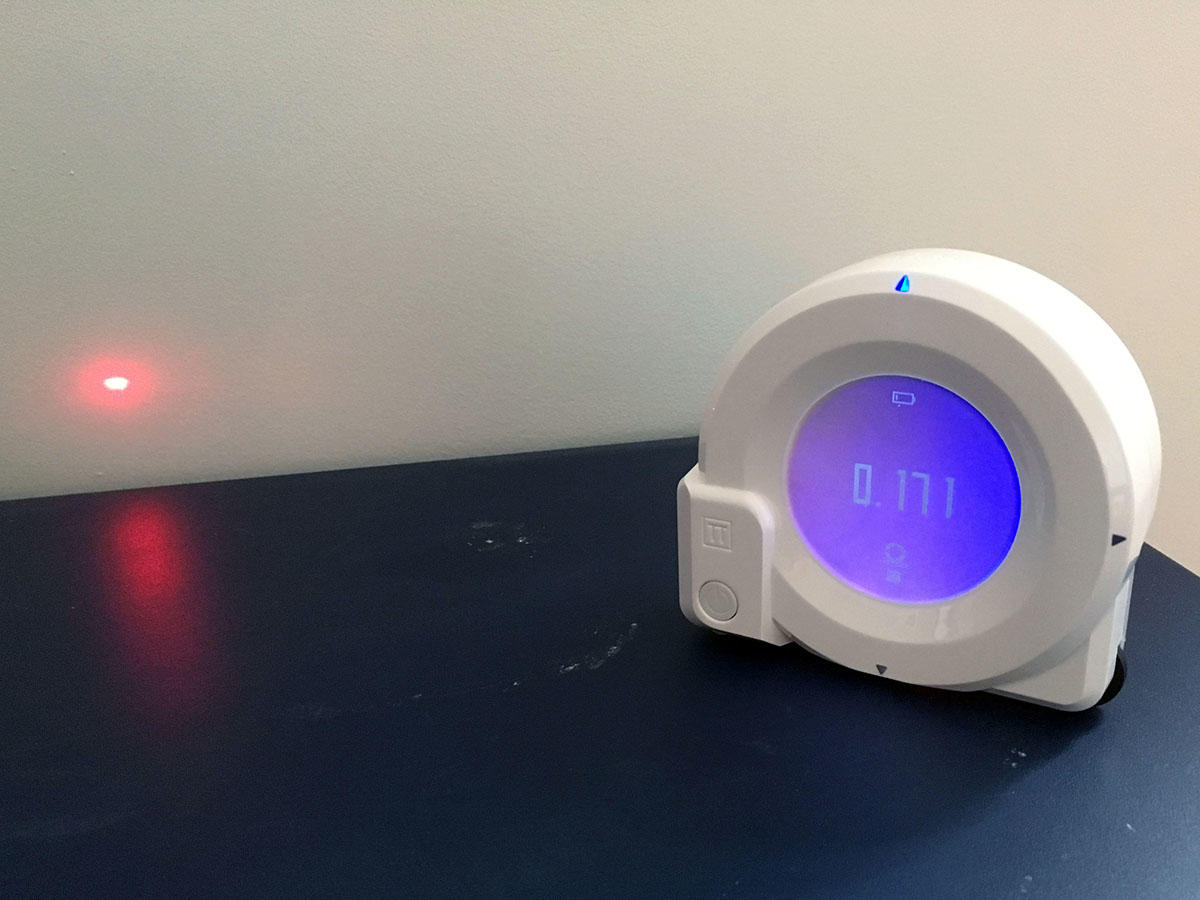
LASER FOCUSED ACCURACY
The aforementioned lasers measure height and width up to 100 feet, which should be fine for most domestic DIY projects, but a bit of a stretch for industrial ones. Change the angle and the lasers will self-correct automatically, which should ensure your measurements are always accurate. Once you’re happy with everything, the results are sent to your smartphone via Bluetooth and stored in the app (more on that next). Maker Plott claims that Cubit is accurate to within an eighth of an inch for every 30 feet, which is the industry standard. In lab conditions, the dimensionig wheel is accurate to 0.02 per cent. So if you mess up your calculations, you can’t blame your tools.
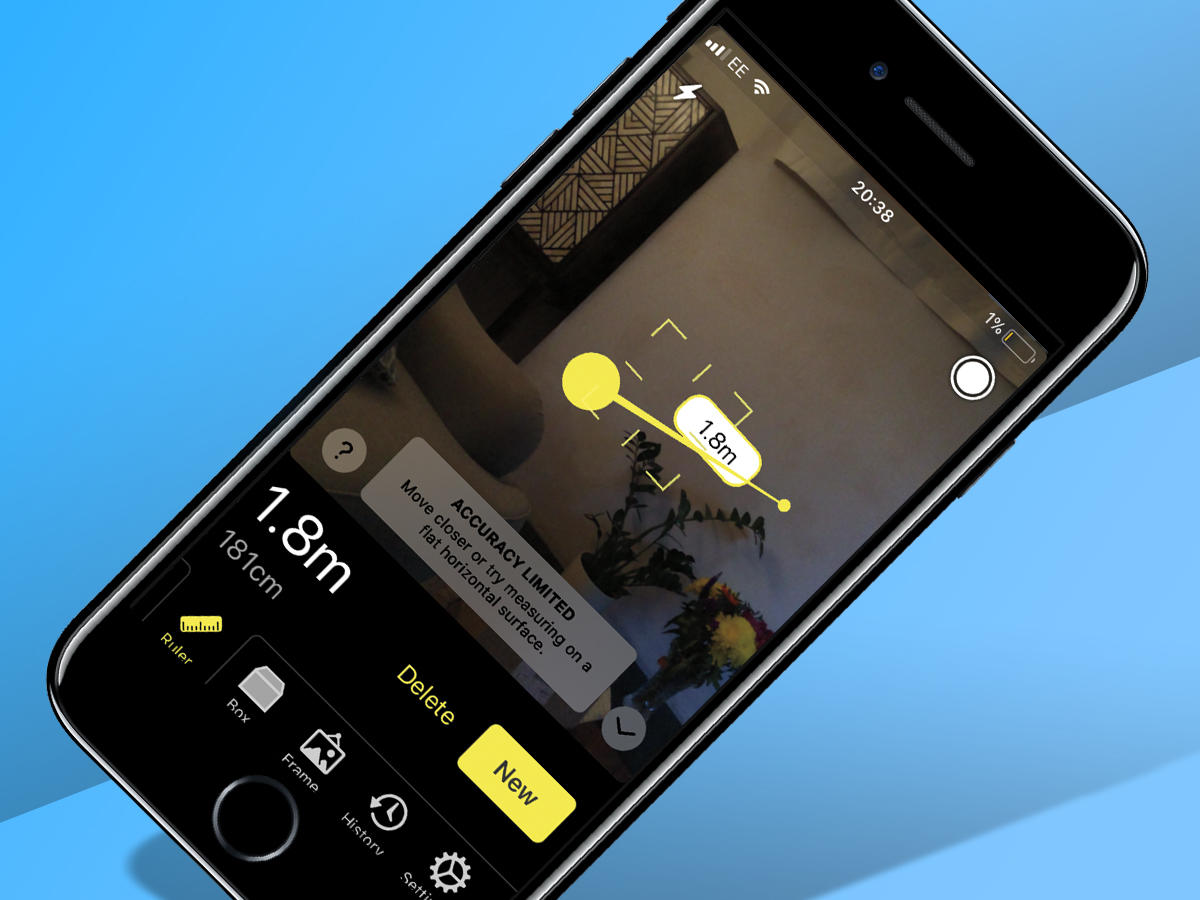
SOFTWARE FOR A HARD TASK
Of course, there’s an app. This costs $2.99, which is a bit of a cheek given you’ve already paid $99 for the device itself. It’s also only available for iOS at the moment, so Android users, you’re out of luck. The app is must-have too, as it’s the heart of the operation. It’s where you design your project, be it an entire renovation or just hanging a picture. You can measure distances, visualise the size and position of objects in your room, put your photos in a virtual frame and more. It uses augmented reality – thanks to Apple’s ARKit – to overlay digital elements onto a view of your actual room, so it’ll give you an idea of how your finished project will look. Tap a line and it’ll tell you its measurements. Got something wrong? You can easily delete them if you make a mistake.
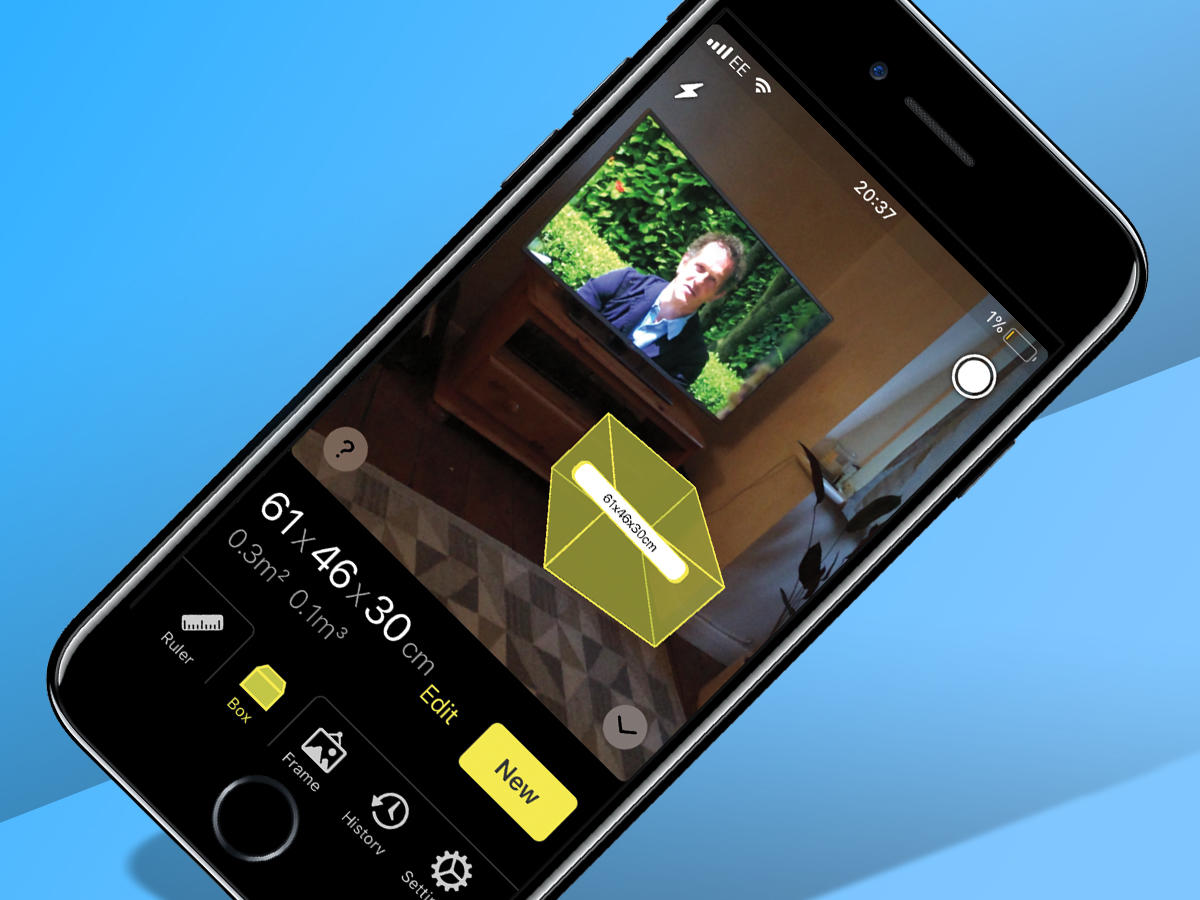
DOES IT ACTUALLY WORK?
Well, kind of. Since it measures from the middle of the unit (where the down arrow is), you can’t get it flush with the wall. Hence you have to add a couple of inches onto your measurement. For instance, it measured the width of one room at 9.213 feet, which is 110.5 inches. But a check of our trusty old-fashioned tape measure tells us it actually measured 112.5 inches. The only way around this is to measure it from the doorway with the door open, so you can start measuring from exactly where the wall starts. But this isn’t always convenient. It also measures in feet by default, and there’s no obvious way – that we could see at least – of changing to metres or inches. So, contrary to the manufacturer’s claims, it does involve some calculations. When it gets things right, its measurements are pretty spot-on. But moreover, it’s convenient. Measuring the height of a 10-foot ceiling was far easier just shooting it with a laser than clambering up a stepladder trying to keep a tape measure straight.
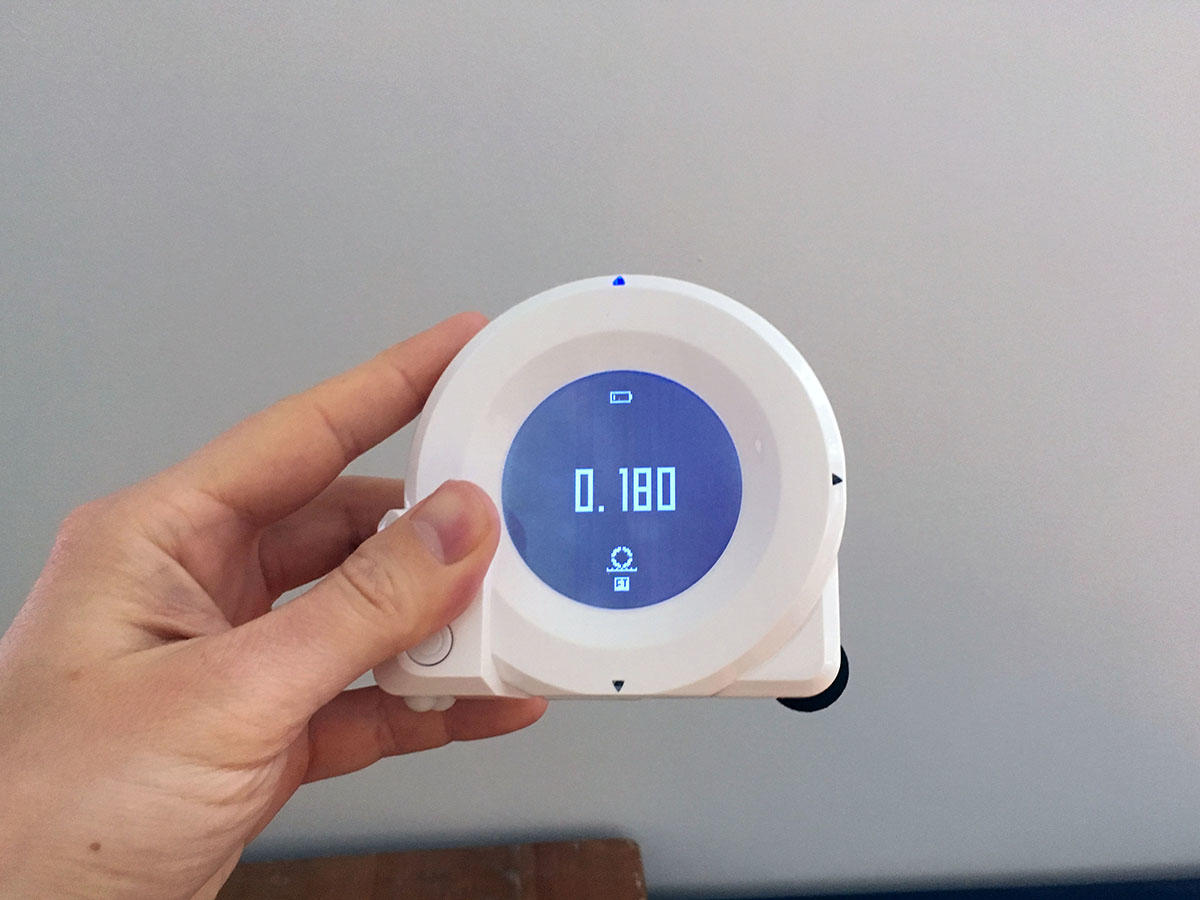
CUBIT VERDICT
Cubit is a neat idea, but it falls short in a couple of key areas. The main criticism we have is it’s just too complicated to use. While we love the idea of adding a tech element to our DIY projects, we’d reach for the standard tape measure every time. It’s simpler, quicker and doesn’t run out of battery. Other apps – like Ikea Place – do almost the same as Cubit’s does, not to mention they’re simpler to use. They don’t cost three quid either. It’s a shame, but the next time we’re forced to get the toolbox out, we’d probably leave the Cubit gathering dust.


